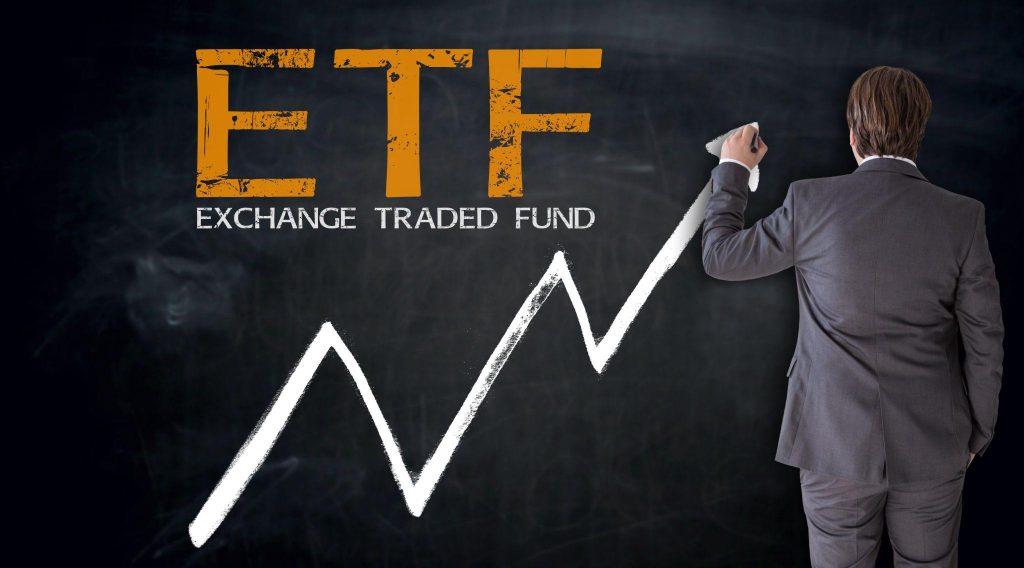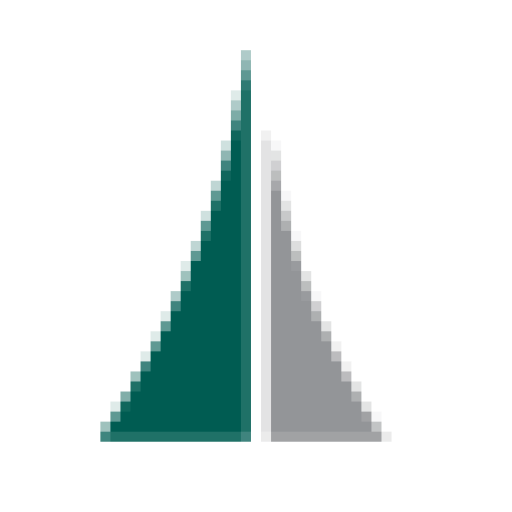
Beginner’s Guide to ETF Trading
Exchange-Traded Funds (ETFs) have grown exponentially in popularity over the past few decades, providing investors with a versatile and cost-effective way to gain exposure to various markets. This guide will introduce you to the basics of ETF trading, explaining what ETFs are, how they work, and how you can start trading them.
What are ETFs?
ETFs are investment funds traded on stock exchanges, much like individual stocks. However, ETFs are different from individual stocks because ETFs consist of a collection of assets such as stocks, bonds, commodities, or a mix of these. ETFs are designed to track the performance of a specific index, sector, commodity, or asset class. For example, the SPDR S&P 500 ETF (SPY) aims to replicate the performance of the S&P 500 index, an index that tracks the performance of a group of similar individual stocks.
Benefits of Trading ETFs
1. Diversification: By investing in an ETF, you gain exposure to a broad range of assets, which helps spread risk.
2. Liquidity: ETFs trade on major exchanges, meaning you can buy and sell them throughout the trading day at market prices. This is different from mutual funds, which also group assets, but can only be traded once a day.
3. Lower Costs: ETFs typically have lower expense ratios compared to mutual funds. Since they are passively managed, the costs associated with active management are avoided.
4. Transparency: ETFs regularly disclose their holdings, so you always know what assets you are invested in.
5. Flexibility: You can trade ETFs like stocks, including using strategies like short selling and margin trading.
Understanding ETF Types
1. Equity ETFs: Track a specific index or sector within the stock market. Examples include the Vanguard Total Stock Market ETF (VTI) and the Technology Select Sector SPDR Fund (XLK).
2. Bond ETFs: Provide exposure to various types of bonds, including government, corporate, and municipal bonds. Examples are the iShares Core U.S. Aggregate Bond ETF (AGG) and the SPDR Bloomberg Barclays High Yield Bond ETF (JNK).
3. Commodity ETFs: Track the performance of commodities like gold, silver, or oil. Examples include the SPDR Gold Shares (GLD) and the United States Oil Fund (USO).
4. International ETFs: Offer exposure to global markets or specific regions/countries. Examples are the iShares MSCI Emerging Markets ETF (EEM) and the Vanguard FTSE Europe ETF (VGK).
5. Sector and Industry ETFs: Focus on specific sectors like healthcare, technology, or utilities. Examples include the Health Care Select Sector SPDR Fund (XLV) and the Financial Select Sector SPDR Fund (XLF).
How to Start Trading ETFs
1. Choose a Trading Software
To trade ETFs, you’ll need to choose the best stock trading software for beginners. Consider factors such as fees, available research tools, customer service, and the range of ETFs offered. Popular software trading programs include Decisive Investor, Charles Schwab, Fidelity, and Robinhood.
2. Understand Your Investment Goals
Determine what you want to achieve with your ETF investments. Are you looking for long-term growth, income, or exposure to a specific sector or market? Your goals will help guide your ETF selection.
3. Research and Select ETFs
When choosing ETFs, consider the following:
- Expense Ratio: This is the annual fee expressed as a percentage of your investment. Lower expense ratios mean more of your money stays invested.
- Tracking Error: The difference between the ETF’s performance and the index it tracks. Lower tracking errors indicate better performance alignment with the index.
- Liquidity: ETFs with higher average daily trading volumes are generally easier to buy and sell without significantly impacting the market price.
- Underlying Holdings: Look at the assets the ETF holds to ensure they align with your investment strategy.
4. Place Your Order
Once you’ve selected an ETF, you can place an order through your software trading program or brokerage account. There are several types of orders you can use:
- Market Order: Buys or sells the ETF at the current market price. This type of order is executed quickly but does not guarantee a specific price.
- Limit Order: Sets a specific price at which you want to buy or sell the ETF. This order type guarantees the price but may not be executed if the market price does not reach your limit.
- Stop Order: Converts to a market order once the ETF reaches a specified price. This can help protect against significant losses.
Strategies for ETF Trading
1. Long-Term Investing
ETFs are excellent tools for long-term investors looking to build a diversified portfolio. By holding a mix of equity, bond, and commodity ETFs, you can achieve broad market exposure and potentially reduce risk.
2. Dollar-Cost Averaging
This strategy involves regularly investing a fixed amount of money into ETF trading, regardless of the market’s performance. Over time, this can help smooth out the effects of market volatility and reduce the risk of buying at market peaks.
3. Sector Rotation
Investors use sector rotation to capitalize on different phases of the economic cycle. This involves shifting investments between sectors that are expected to perform well in the current economic environment. For example, you might invest in technology ETFs during periods of economic growth and utility ETFs during economic downturns.
4. Tactical Asset Allocation
Tactical asset allocation involves periodically adjusting the mix of assets in your portfolio based on market conditions and economic forecasts. This strategy requires a good understanding of market trends and the ability to act on timely information.
5. Hedging
ETFs can be used to hedge against market risks. For example, an investor holding a large position in a specific sector might buy an inverse ETF to protect against potential declines in that sector. Inverse ETFs are designed to move in the opposite direction of the index they track.
Risks and Considerations
While ETFs offer many benefits, it’s essential to be aware of the risks:
1. Market Risk: ETFs are subject to market fluctuations. If the assets in the ETF lose value, so will your investment.
2. Tracking Error: Some ETFs may not perfectly track their underlying index, leading to potential discrepancies in expected returns.
3. Liquidity Risk: While most ETFs are highly liquid, some niche or thinly traded ETFs may have liquidity issues, making it harder to buy or sell at desired prices.
4. Management Risk: Although most ETFs are passively managed, the effectiveness of their management can still impact performance, particularly in more complex or actively managed ETFs.
5. Hidden Costs: Besides the expense ratio, other costs such as bid-ask spreads and fees or brokerage commissions can impact your returns.
ETFs are versatile and accessible investment tools that can play a vital role in building a diversified portfolio. Choosing the best stock trading software for beginners, such as Decisive Investor, is crucial for success. They offer benefits such as diversification, liquidity, and lower costs, making them suitable for both novice and experienced investors. By understanding the basics of ETF trading, conducting thorough research, and employing strategic approaches, you can effectively use ETFs to achieve your financial goals.
As with any investment, it’s crucial to stay informed, understand the risks, and continually reassess your strategy in light of your investment objectives and changing market conditions. With careful planning and prudent decision-making, ETFs can be a valuable component of your investment portfolio.


